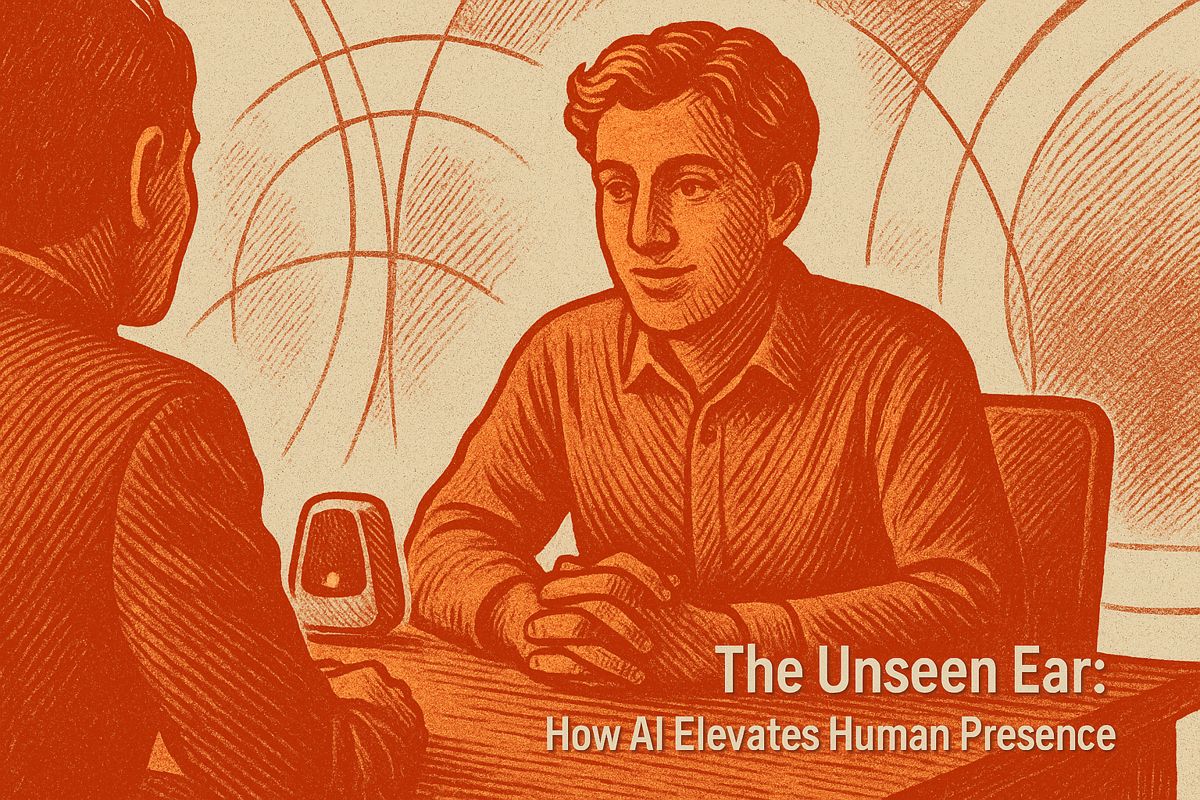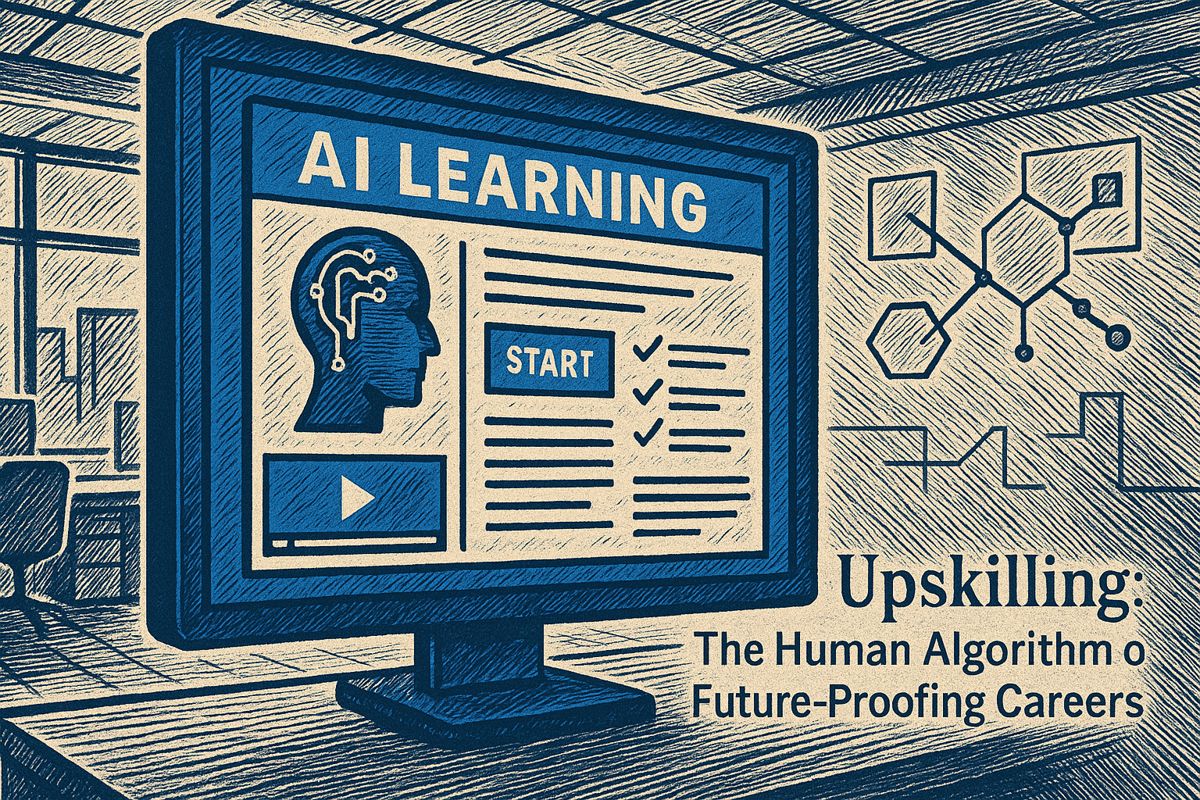Bentley is transforming luxury car making by blending advanced AI and digital tools with traditional craftsmanship. Smart cameras and neural networks inspect leather and wood, cutting waste and emissions while ensuring every detail is perfect. Engineers use digital twins – virtual car models – to speed up electric car design, making improvements faster than ever. Bentley also trains its workers in digital skills, boosts women in tech roles, and protects its heritage, showing that precision and artistry now depend on code.
How is Bentley using AI and digital technology to enhance luxury car craftsmanship?
Bentley integrates AI and digital innovation throughout its manufacturing: neural networks inspect leather hides, digital twins accelerate electric vehicle development, and real-time analytics improve quality control. These technologies cut waste, reduce CO₂ emissions, and uphold Bentley’s tradition of luxury craftsmanship.
Inside Bentley’s AI Revolution: From Hand-Stitched Leather to Neural Nets
Luxury craftsmanship and artificial intelligence rarely share the same sentence, yet at Bentley’s Crewe plant they now sit side by side. CIO Kirsty Mason is orchestrating a quiet but relentless upgrade that keeps every stitch of a Flying Spur perfect while letting machine-learning models decide which cow hide makes the cut.
The Skills Equation Behind AI Adoption
Before a single algorithm went live, Mason’s team mapped 1,200 discrete digital skills required across design, production and after-sales. A three-tier academy now runs in parallel with assembly shifts:
| Skill Tier | Example Course | Target Group | Completion Rate 2024 |
|---|---|---|---|
| Foundational | Data literacy for shop-floor teams | 1,800 operators | 87 % |
| Practitioner | Python & AI model tuning | 240 engineers | 92 % |
| Leadership | Ethics & ROI dashboards | 42 executives | 100 % |
Those numbers feed directly into the factory’s new AI Hide Inspection system. High-resolution cameras paired with convolutional neural networks scan every leather hide for imperfections; in pilot runs the system cut waste by 34 % and shaved an estimated 135.7 kg of CO₂ per vehicle. The same network is now being trained to detect micro-defects in veneer wood, extending craft-level quality control to AI speed.
Digital Twinning the EV Future
Every forthcoming Bentley EV leaves a digital ghost on the server rack before metal is cut. Mason’s architects run the digital twin in Nvidia Omniverse, feeding it real-world sensor data from test mules. Engineers tweak motor-cooling channel shapes in the virtual twin; the best iteration is pushed to the physical prototype within 48 hours instead of a traditional six-week loop.
Current twin scope:
- 1,146 virtual components modelled
- 3 TB of telemetry ingested daily
- Predicted 18-month reduction in development cycle for the 2026 electric SUV
Where Business Meets IT
Aligning IT with a 105-year-old luxury brand brings unique friction points. Mason’s playbook contains three non-negotiables:
- Zero visible tech for the customer – screens must look like burnished aluminium, not tablets
- Cybersecurity without latency – over-the-air updates signed in <200 ms so the car never feels “connected”
- Heritage data preserved – 2.3 million historical build sheets digitised and AI-searchable so classic-car restorers still find 1950s R-type wiring diagrams in seconds
The result: Bentley’s 2024 Net Promoter Score rose to 83, the highest among European luxury marques tracked by JD Power.
Closing the Gender Gap in Tech Leadership
Women occupy 27 % of technology roles at Bentley today, up from 19 % in 2021. Mason attributes the jump to two mechanisms:
- Return-to-tech fellowships: 14-week paid placements for women after career breaks; 65 % convert to permanent roles
- Reverse mentoring pairs: every male VP mentors a female engineer under 30, and is mentored back on inclusive behaviours
The company’s 2024 Gender Pay Gap Report shows the median tech-role gap narrowed to 3.7 % – half the UK automotive sector average.
Fast-Track Figures
- AI model training time from 14 days to 9 hours after GPU cluster upgrade
- EV software defect leakage down 42 % thanks to twin-based pre-production testing
- Time-to-insight on warranty claims cut from 22 days to 6 hours via real-time analytics
Mason’s mantra is simple: “Luxury is precision, and precision today runs on code.” With Bentley’s first fully electric SUV due in 2026, the fusion of algorithms and artistry is only shifting into a higher gear.
How is Bentley Motors integrating AI without compromising its century-old craftsmanship?
Bentley is rolling out AI-powered leather inspection that uses high-definition cameras and algorithms to find microscopic blemishes in hides, cutting waste and raising quality. At the same time, digital twins let engineers test every stitch and seam in virtual form before physical assembly, so artisans still do the final hand-finishing but with fewer reworks. The result: each vehicle keeps the human touch while shaving an estimated 135.7 kg of CO₂ from the production cycle.
What role does CIO Kirsty Mason play in Bentley’s electric future?
Kirsty Mason’s mandate is to align IT with the Beyond100+ roadmap that ends combustion-engine sales by 2035. Her team is:
- Building AI literacy courses for 2,800 factory and office staff
- Expanding 3D-printing capacity (13 printers, 125 k+ parts produced to date) for rapid EV prototyping
- Linking digital twins of the new Crewe “Dream Factory” to suppliers so battery packs arrive just-in-time, cutting inventory days by double digits
She sums it up: “Digital skills are the new cylinder count in luxury cars.”
How serious is Bentley about female leadership in technology?
Bentley’s 2024 Gender Pay Gap Report shows women already occupy 32 % of technology leadership roles – above the UK automotive 30 % club target for 2030. Recent moves include:
- Sponsorship tracks pairing high-potential women with board members
- Return-to-tech fellowships – 12-week paid programmes for caregivers re-entering STEM
- Recognition: Mason herself was named in the 2025 CIO100 and the Global CIO Awards top 100
What new EV milestones are coming in 2025-2026?
The company will retire the iconic W12 engine in 2025 and launch its first fully electric luxury SUV in 2026. Behind the scenes, every prototype kilometre is being simulated in digital twins before a wheel turns on real roads, compressing test schedules by an estimated 20 %.
Why does digital-business alignment matter more than ever in luxury autos?
With EV architectures, software-defined vehicles and global supply volatility, the line between IT strategy and brand promise has disappeared. Bentley’s answer is a “single source of truth” data backbone connecting design, factory floor, dealerships and customers in near real time. The payoff: faster personalisation, lower warranty costs and a direct feedback loop from driver back to engineer, something mass-market brands struggle to replicate.



















